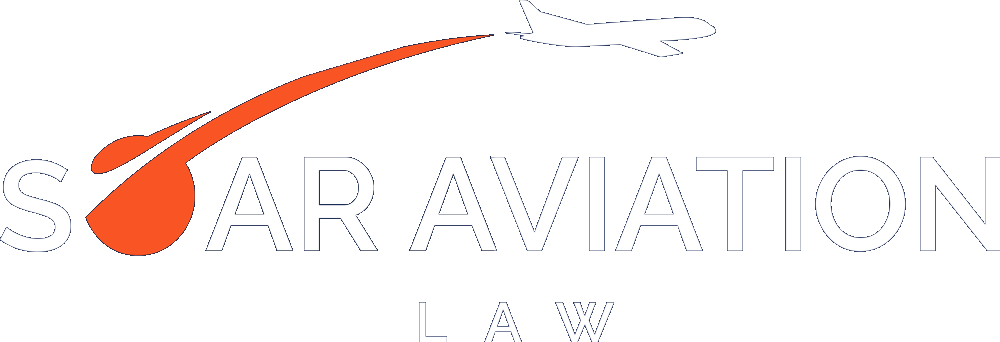Over the past two years, the charter market has grown, and more people are flying privately than before the pandemic. One challenge facing charter operators is how to add more aircraft onto their Part 135 certificate in order to accept more charter flights and grow their charter revenue. To overcome this challenge, some charter operators have purchased their own aircraft, started to guarantee or increased the guarantee of charter revenue to aircraft owners and entered into exclusive leases with guaranteed fixed lease rates for multiple years with aircraft owners.
When an aircraft owner is considering allowing their aircraft to be chartered, it is important to realize that the charter operator is responsible for the scheduled and unscheduled maintenance on the aircraft and the appearance of the interior and exterior of the aircraft. This responsibility, however, may cause the charter operator to face competing interests. Specifically, seeking to maximize charter revenue to satisfy and meet the demands of the charter customers while maintaining the aircraft to the highest necessary safety standards.
This conflict can be more pronounced when the charter operator is also responsible for the costs associated with maintenance and/or appearance of the aircraft. If the charter operator has the obligation to pay for all maintenance while the aircraft is being operated by the charter operator, then an unscrupulous charter operator may try to defer certain maintenance obligations to maximize charter revenue. While such deferments are sometimes permissible under the regulations, such deferrals can impact the future condition of the Aircraft and increase the cost and duration of the maintenance events.
Aircraft owners must mitigate the associated risks with the exclusive charter lease by having certain terms in the agreement with the charter operator.
First, the agreement between the aircraft owner and the charter operator should clearly set forth the obligations of the charter operator about maintaining the aircraft. Specifically pertaining to what standards the aircraft must be maintained and if deferred maintenance is allowed. It may also be helpful to require that the aircraft return to the same maintenance facility on a regular basis so that the same technicians can service the aircraft and monitor any reoccurring issues.
For example, an undiscovered water leak or a water leak that is not immediately remedied properly could cause additional damage to the aircraft. As a result, it is important for the charter operator and aircraft owner agree in writing on the amount of time that the aircraft can be operated while deferred maintenance remains open.
Additionally, the owner of the aircraft should have a right to inspect the aircraft and the aircraft documents with reasonable notice on a regular basis. This will allow the owner to hire a technical expert to make sure the aircraft is being maintained in accordance with the terms of the agreement, government regulations and the manufacturer’s guidelines. It is important that the aircraft owner not only has the right to inspect the aircraft but also exercises the right at least annually to avoid any significant surprises related to the condition of the Aircraft.
The aircraft owner must have an expressed right to repossess the aircraft and terminate the agreement if material conditions are breached, including but not limited to, failure by the charter operator to (i) maintain the aircraft, (ii) insure the aircraft, (iii) pay for items required under the agreement or (iv) maintain clear title by allowing liens to attach to the Aircraft.
Most importantly, the aircraft owner should have the right to conduct a return inspection during the last month of the agreement and a corresponding requirement for the charter operator to be responsible to fix any necessary repairs (allowing for any normal wear and tear). At the end of the lease, the aircraft must meet a list of well-defined return conditions that are set forth in the agreement at the expense of the charter operator. The aircraft owner should be able to select the inspection facility at which the return inspection is conducted to ensure the inspection is completed by an independent third party.
With the new charter customers that started flying privately during the pandemic, it is predicted that charter activity is going to remain higher than it was pre-pandemic. As a result, charter operators will continue to create new ways to meet the increased charter demand. Consequently, if an aircraft owner is allowing its aircraft to be chartered through an exclusive lease, then it is important to remember to take the outlined steps required to protect the aircraft so that the charter use does not negatively impact the value of the aircraft.
